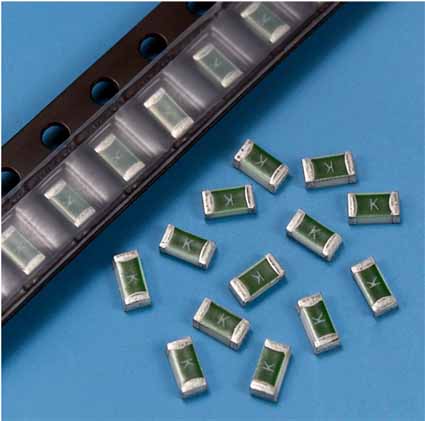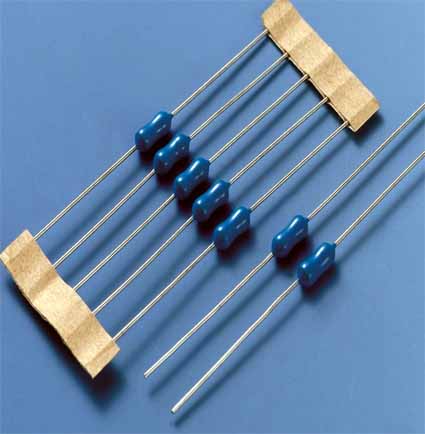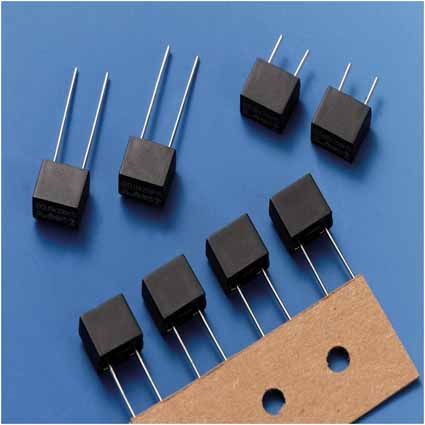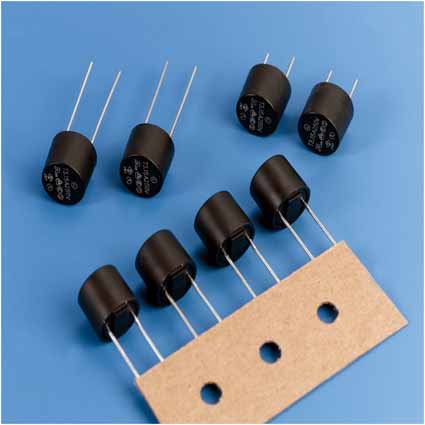Online Supplier of Current Fuse in China
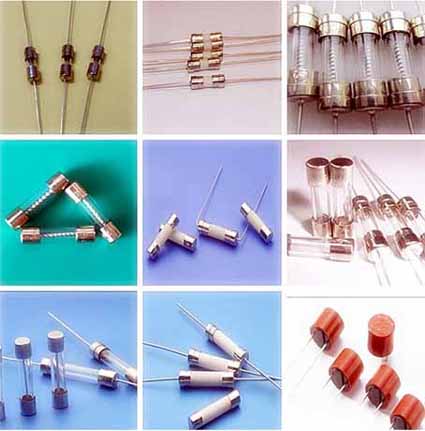
Online wholesale fuse is also called current fuse, fuse tube, one-time overcurrent fuse. Including: fuse glass, ceramics fuse, SMD fuse. The IEC127 standard defines it as a "fuse-link". It is mainly used for current overload protection. If the fuse is properly placed in the circuit, the fuse will fuse and cut off the current when the current rises to a certain height and heat abnormally, which protects the safe operation of the circuit.
The main current fuse brands are: Littelfuse, Basman, REOMAX, Bourns, Conquer, TA-I, AEM, Hollyland, bel, YAXUN
The fuse invented by Edison more than a hundred years ago was used to protect the expensive incandescent lamps at that time. With the development of the times, the purchase price of current fuses is low. Current fuse protects electronics and power equipment from overcurrent and overheating, and avoids serious damage to electronic equipment caused by internal faults.
What is current fuse?
Current fuse is a kind of electronic protection component that protects electrical appliances. It is usually connected in series in a circuit. When the fault current increases to a certain value, it fuses itself and cuts off the circuit to achieve the purpose of protecting other devices in the circuit. The most commonly used in circuit overcurrent protection components is the current fuse. When a circuit breaks down or is abnormal, the current will continue to rise, and the rising current may damage some important components in the circuit, or it may burn the circuit or even cause a fire.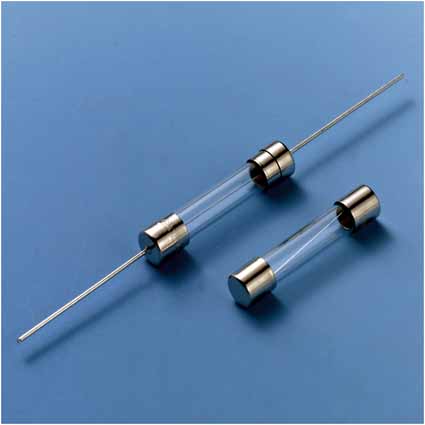
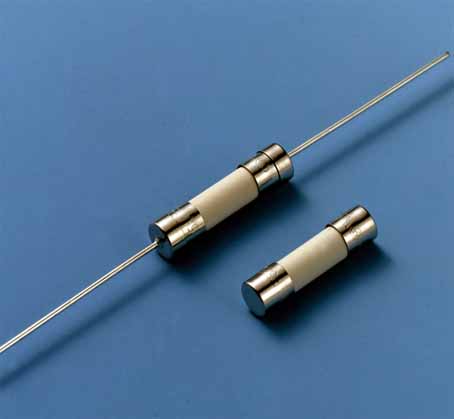
Shape classification of fuse
1. Filamentous. Early original fuses were directly locked with screws and used in old switches and sockets of various sizes.2. Flake (bare flake). It is easier to use than the old-style filament.
3. Glass tube. There are several different sizes, which are commonly found in electronic products. 6.3 x 32 mm (diameter x length), 5 x 20 mm, 3x 10 mm
4. Ceramic tube. There are several different shapes and sizes of fuse tubes to avoid bursting.
5. Plastic sheet or metal sheet pins: car fuse.
6. Surface mount component (SMD) type.
7. Cylindrical shape, plug-in type: directly welded to the circuit board for use inside the product.
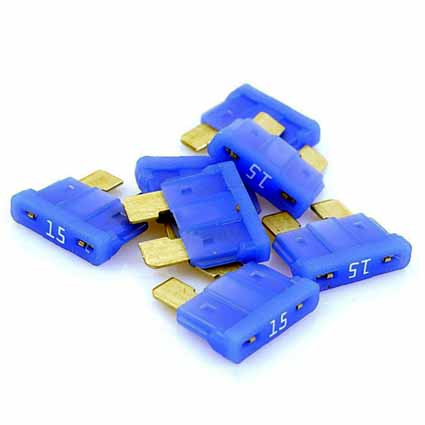
Sign of the fuse
Most fuses are marked with a mark on the body or end cap and mark to indicate their rating. But "SMD type" fuses have little or no markings, making identification very difficult.Fuses may exhibit similar and significantly different characteristics, and their markings are determined. The fuse mark usually conveys the following information:
Ampere rating of the fuse
Rated voltage rating of the fuse
Time-current characteristic, namely speed fuse
National and international certification standards bodies
Manufacturer / Product Number / Series
Breaking capacity
How the fuse works
When current flows through the conductor, the conductor will generate heat because of the resistance of the conductor. And the calorific value follows this formula: Q=I2RT; Where Q is the calorific value, 0.24 is a constant, I is the current flowing through the conductor, R is the resistance of the conductor, and T is the time for the current to flow through the conductor; According to this formula, it is not difficult to see the simple working principle of the fuse. When the material and shape of the fuse are determined, its resistance R is relatively determined (if the temperature coefficient of resistance is not considered). When current flows through it, it will heat up, and its heat will increase with the increase of time. The magnitude of the current and resistance determine the rate of heat generation. The construction of the fuse and the condition of its installation determine the rate of heat dissipation. If the rate of heat generation is less than the rate of heat dissipation, the fuse will not blow. If the rate of heat generation is equal to the rate of heat dissipation, it will not melt and disconnect for a long time. If the rate of heat generation is greater than the rate of heat dissipation, then more and more heat will be generated. And because it has a certain specific heat and mass, the increase in heat is manifested in the increase in temperature. When the temperature rises above the melting point of the fuse, the fuse blows. This is how the current fuse works. We should know from this principle that when designing and manufacturing fuses, we must carefully study the physical properties of your selected materials and ensure that they have consistent geometric dimensions. Because these factors play a vital role in whether the current fuse can work normally. Similarly, when you use it, you must install it correctly.